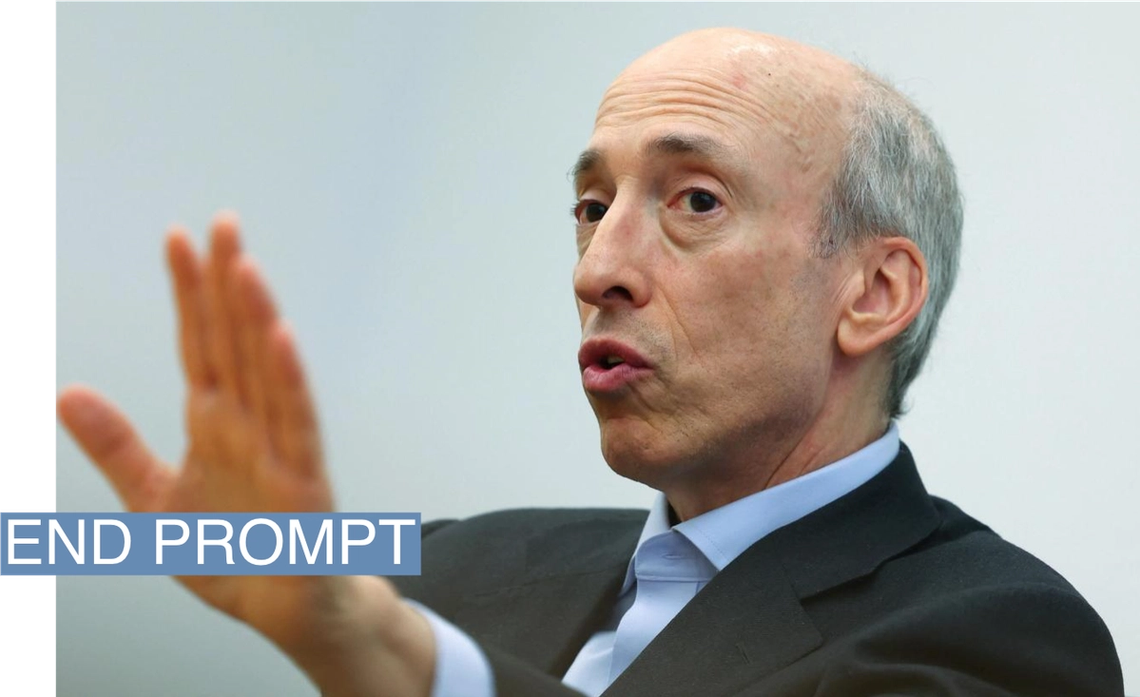Bill Gates, who advised on Microsoft’s strategic partnership with OpenAI, is backing a wildcard in the race toward artificial general intelligence: Jeff Hawkins, co-inventor of the PalmPilot — a short-lived precursor to mobile phones — and a researcher who has spent decades studying the human brain to build better machines. The Gates Foundation has awarded $2.7 million to Hawkins’ 19-year-old firm, Numenta, which earns revenue by partnering with Intel and others to sell machine-learning services to businesses and also conducts AI research, to put his thesis to the test. Based on the belief that the secret to developing the ultimate AI algorithm may lie in understanding the human brain, Numenta will use the funds to develop software that reflects his concept, and plans to release the code through its Thousand Brains Project. In 2021, Gates reviewed Hawkins’ book on the topic. “The Gates Foundation approached us because they were also interested in the theory, and they felt that current AI systems have limitations,” Hawkins told Semafor in an interview. “They thought that sensorimotor-type AI systems would be very, very helpful for global health issues.” In his theory, AI should behave like the neocortex, which is the part of the brain that is responsible for a person’s ability to think, act, and speak, processing inputs from sensors and movement to learn. Hawkins believes that will produce new breakthroughs that are needed to build truly intelligent machines. “I think it’s always been the right time to build brain-based AI,” he said. “If I could have done it 40 years ago, or 20 years ago, I would have. But I didn’t know how back then. Now I do.”  Patrick T. Power/Numenta Patrick T. Power/NumentaThe human brain has long served as inspiration for artificial intelligence. Neural networks were inspired by the way the brain’s neurons communicate with one another, and adapt by strengthening and weakening synapses as they learn. But over time, neural networks have begun to look less and less like the human brain, favoring sheer size and scope over the mysterious elegance and efficiency of their namesake. That’s been the approach of large language models like the ones that power ChatGPT. They were built after researchers from Google developed transformers, an architecture that allows developers to build increasingly large neural networks, which work in part by breaking all language down into fragments of words known as “tokens.” By ingesting incredibly large amounts of text, the models predict the next token based not on true understanding, but on how tokens statistically relate to one another — a mechanism known as “attention.” As transformer-based architectures get bigger, new capabilities tend to emerge and the large tech companies are spending tens of billions of dollars to build computers of sizes once incomprehensible. But some experts believe the brute-force approach of transformer models will eventually lose steam and the performance increases will plateau. For instance, these companies have scraped most of the internet already and may exhaust sources of training data. And then there’s the problem of powering the data centers, equipped with hundreds of thousands of $50,000 graphics processors running so hot that they periodically melt. Big Tech is increasingly looking for wind, solar, geothermal, and nuclear energy to build more data centers. The human brain is much more intelligent, yet tiny and energy efficient. “There’s pent up demand for something outside of transformers,” said Hawkins, whose ideas haven’t always been taken seriously by the tech industry at first. He may have predicted the rise of smartphones, but was never the best at building its applications. The PalmPilot was initially a success, but was quickly overtaken by mobile phones that could do more useful things. He’s now ready to implement his theories into code and hopes that the new funding for the Thousand Brains Project will attract more researchers to move beyond LLMs. “I feel like it’s a little bit like the beginning of the computing era with John von Neumann and Alan Turing, where they were understanding the basics of computing even though they had very, very few ideas about its application,” Hawkins said. “They couldn’t anticipate transistors, or cell phones, or GPS satellites or personal computers. But they knew they were building something super powerful – and that’s how I see what we’re doing.” | 








